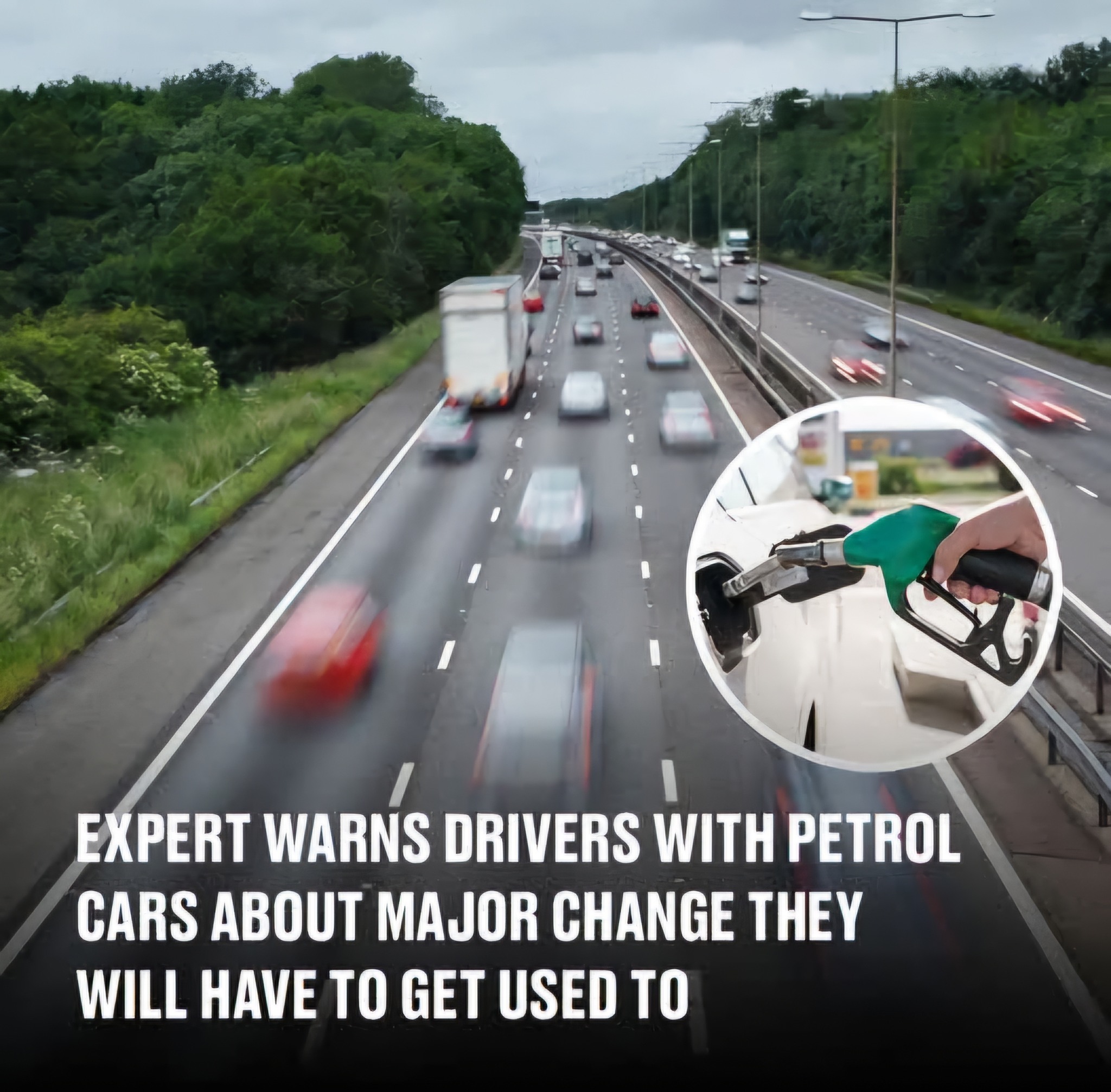The transition to electric vehicles (EVs) is no longer a distant possibility but a reality rapidly approaching. In countries like the UK and Canada, governments have set ambitious timelines to phase out gas-powered vehicles. The UK plans to ban the sale of new petrol and diesel cars by 2030, with hybrids following by 2035. Similarly, Canada aims for all new vehicle sales to be electric by 2035. While these deadlines may seem far off, experts warn that drivers of gas-powered cars should start preparing for these changes now. Adjustments in habits, infrastructure, and long-term vehicle planning will soon become essential.

One of the first shifts gas car drivers will need to adapt to is embracing automatic transmissions. Electric vehicles, unlike traditional gas-powered cars, don’t require manual gear shifting. Stuart Masson, a representative from The Car Expert, describes this transition as “car industry 2.0,” emphasizing that EVs offer a simpler driving experience. However, for those accustomed to the engagement and control of manual transmissions, the change may initially feel unfamiliar. Drivers will need to reframe their understanding of how vehicles operate as EVs become the dominant mode of transportation.
Another major adjustment will be the gradual decline of gas stations. While they won’t disappear overnight, the convenience of finding a gas station will diminish as EV charging networks expand. For drivers of gas-powered cars, this will mean more careful planning for long trips, similar to how early EV adopters had to strategize routes around available charging stations. Over time, the ease of refueling a gas car may transform into a challenge rather than a given.
Canada’s EV adoption strategy illustrates this transition clearly. Automakers must steadily increase the availability of EVs, aiming for 20% of new vehicle sales to be electric by 2026, 60% by 2030, and 100% by 2035. These aggressive targets aim to push the automotive industry toward electrification, but gas-powered vehicles already on the road will continue to be in use for decades. This provides drivers with a gradual transition period to adapt to these changes.
One of the most significant barriers to widespread EV adoption is range anxiety—the fear of running out of charge before reaching a charging station. However, Stuart Masson believes these concerns are often overstated. “The average journey is about nine miles,” he explains, pointing out that most modern EVs now offer ranges of up to 250 miles on a single charge. This far exceeds the needs of most daily drivers. While gas stations may become less common in the future, careful planning can mitigate the challenges of owning a gas-powered car during this transitional period, just as EV owners have had to do in the past.
Supporting the shift to EVs, governments like Canada’s are investing heavily in charging infrastructure. Currently, Canada has over 25,500 charging ports, with plans to expand to 33,500 by 2026. Most of these stations are concentrated in provinces such as Quebec, Ontario, and British Columbia, but the expansion aims to provide more comprehensive coverage across the country. With more charging stations being added each year, EVs are becoming increasingly convenient for consumers, further accelerating the shift away from traditional gas-powered vehicles.
In addition to infrastructure improvements, financial incentives are playing a crucial role in promoting EV adoption. Canadian automakers can earn credits by meeting EV production targets or investing in public charging infrastructure. Consumers, too, are benefiting from government rebates that help reduce the upfront costs of EVs, making them more affordable and accessible to a broader audience. These measures aim to make the switch to electric vehicles not only practical but also financially appealing.
For those who wish to hold onto their gas-powered vehicles, there’s no immediate cause for concern. Stuart Masson reassures drivers that they’ll still be able to drive petrol cars for decades to come. However, the global automotive industry is undeniably moving toward electrification. Whether drivers choose to adapt gradually or wait until the change becomes unavoidable, the shift is inevitable.
As bans on the sale of new gas-powered cars come into effect worldwide, drivers must begin preparing for a new era of transportation. The transition to an electric future may seem gradual, but the groundwork is already being laid. Adjusting driving habits, planning for changes in infrastructure, and exploring the benefits of EVs will be key steps in navigating this transformation. By embracing these changes early, drivers can ensure a smoother ride into the age of electric mobility, where cleaner, more efficient transportation becomes the norm. The shift may seem daunting, but it’s also an opportunity to embrace innovation and create a more sustainable future on the road.





